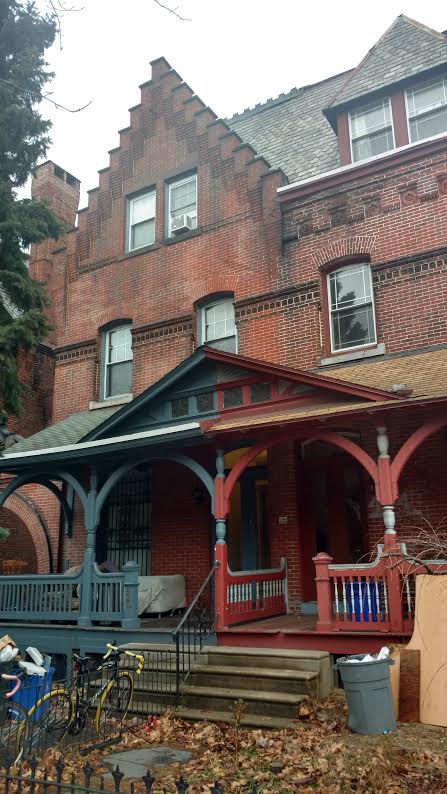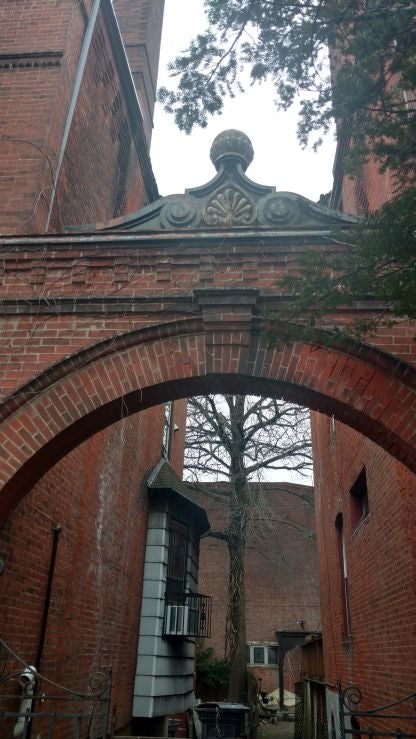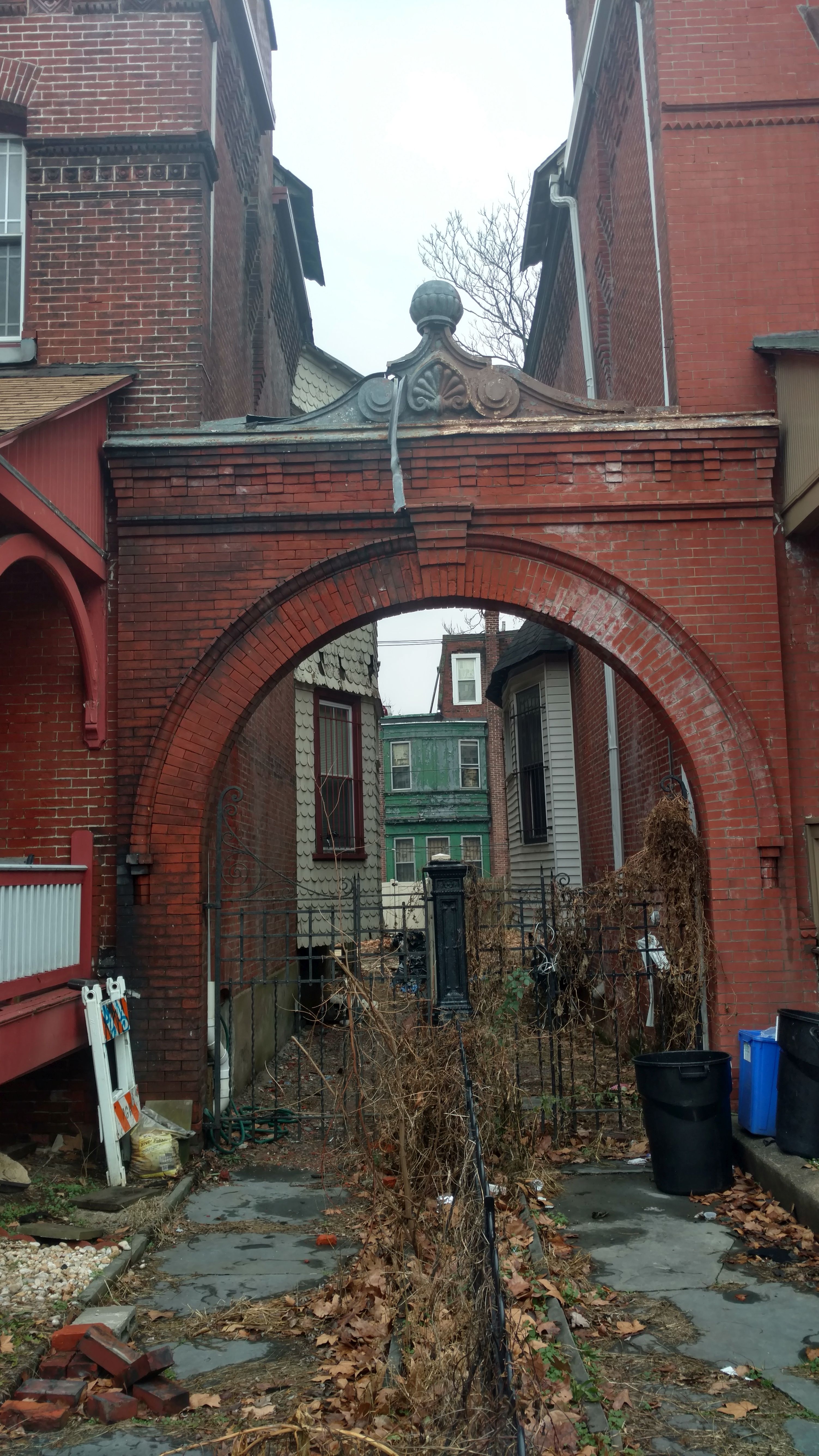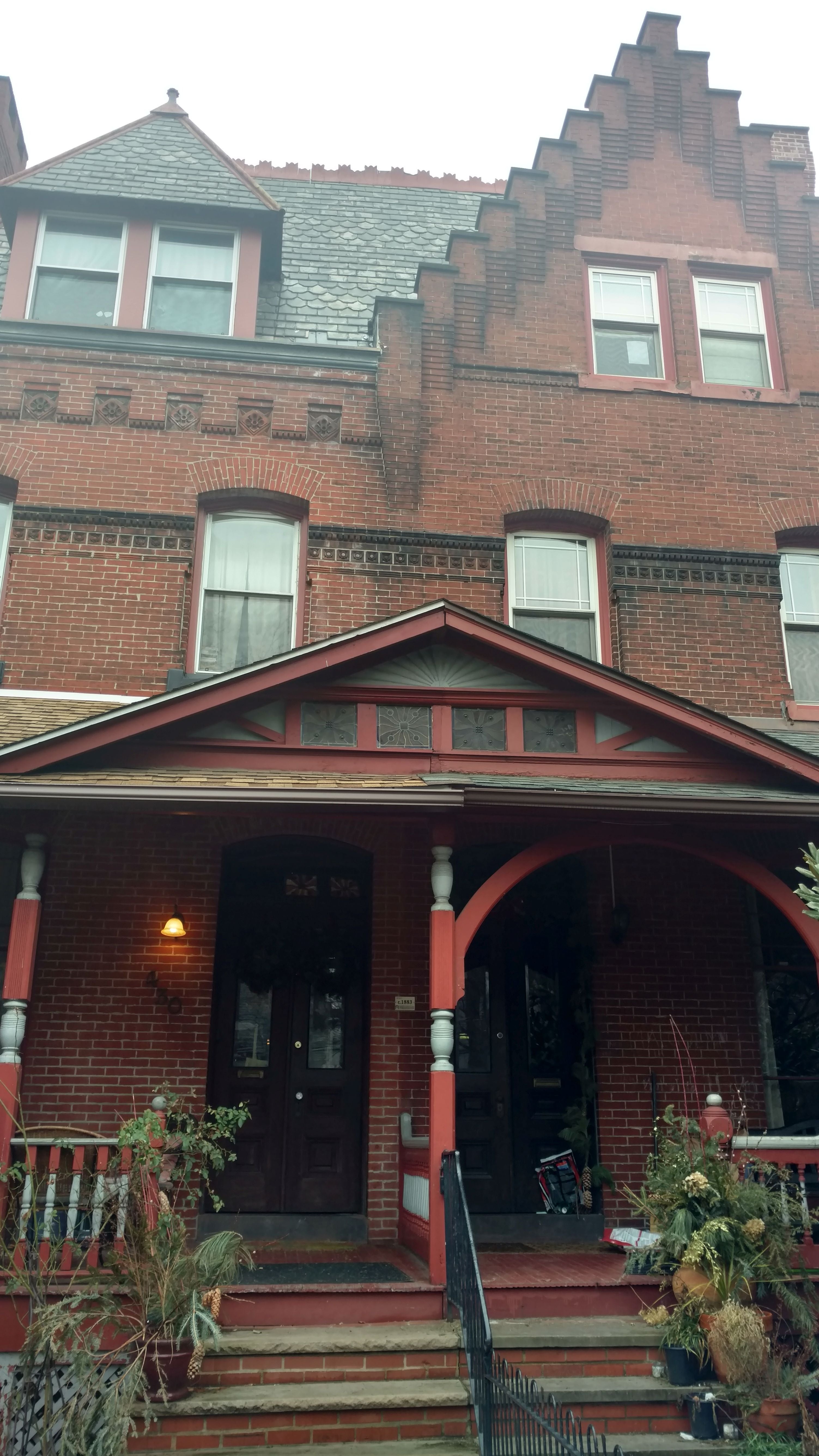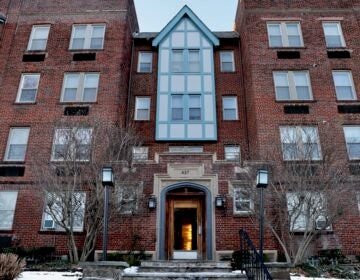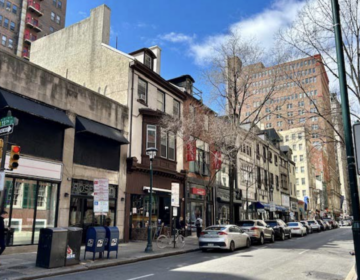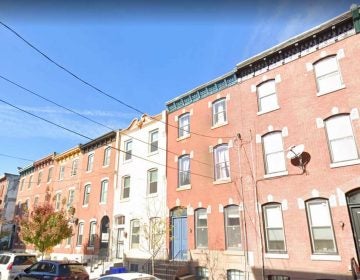420 Row and a way forward for historic districts

This January, Justin McDaniel may have found a new way forward for Philadelphia preservationists. The last few months, even the last few years, haven’t been kind to their cause. As the pace of development picked up in Center City and its surrounding neighborhoods, the city’s lack of historic protections became glaringly apparent. The likely demolition of five buildings on Jewelers Row is just the latest and most prominent loss.
In the face of this onslaught, preservation activists have picked up the tempo of individual nominations to the local historic register. But one of the most powerful tools available to them—nominating districts that cover hundreds, even thousands of buildings—hasn’t been successfully executed since 2010.
At the January 13 historical commission meeting, McDaniel, who is the head of the University of Pennsylvania’s religious studies department, broke that logjam when the Historic Commission approved his nomination of the “420 Row District.” The proposal only covered eight houses on the west side of 42nd Street—the self-dubbed “420 Row”—where it meets Baltimore Avenue.
The row is an impressively preserved example of suburban-style development that grew along streetcar lines, designed by the Hewitt Brothers, a famed Philadelphia architectural firm that designed the Bourse and the Bellevue-Stratford Hotel. The redbrick buildings are an impressive sight. Most of them are studded with stepped gables, turrets, and massive corbeled chimneys connected by alley archways that aren’t found anywhere else in the city. Even in the Spruce Hill neighborhood, which hosts one of the largest collections of Victorian-era houses in America, the row of majestic red brick Queen Anne-style houses stand out.
“In addition to the merits of these buildings themselves, it is remarkable that there have been so little changes over time,” said Paul Steinke, executive director of the Preservation Alliance for Greater Philadelphia, during the January meeting. “We heartily endorse their designation. Also, we’d like to state for the record that this is the first new historic district approved by the commission in a long while. We think it is a great thing.”
The 420 Row would have sat within a proposed Spruce Hill Historic District, which would have covered over 1,000 structures in this West Philadelphia neighborhood just beyond the boundaries of the University of Pennsylvania.
But some property owners in the larger district weren’t sold on the idea, and brought their concerns to Councilwoman Jannie Blackwell. The district went down to defeat after the Councilwoman pushed back against the proposition in the early 2000s. Similar political dynamics surrounded the indefinite tabling of the Overbrook Farms Historic District, which would cover hundreds of stately homes on the western edge of the city.
Both of these historic districts, along with the Washington Square West district, were on the very large end of the district spectrum. Proposals of this size present a double bind for the Historical Commission. The reason officially offered for why there haven’t been any successful district nominations since 2010 is that the commission’s tiny staff of five simply doesn’t have the time or the resources to tackle such ambitious proposals. Nominations for large districts require deep property research and documentation, and once designated the number of permits the staff would need to review grows exponentially. The unspoken corollary to this position is that big district proposals cover so many property owners that the likelihood of political opposition is far greater.
For McDaniel, the decision to designate buildings on his block as a historic district—rather than individual designations—wasn’t motivated by a desire to figure out a new form for historic districts. He just wanted to prevent the ownership churn on the block from resulting in any catastrophic alterations to the uniformity of the row, which he says attracts speculators due to its proximity to Penn. Notably, his crusade enjoyed the support of all the homeowners on the block.
With the rapid success of his effort, McDaniel believes that it represents a path forward in the rest of Spruce Hill and further west in neighborhoods like Cedar Park too.
“I think there is a real need and motivation to go block by block,” said McDaniel, who recently became chair of the Spruce Hill Community Association’s new historic preservation. “You can create pockets that are architecturally sound and make sense to maintain historically. That makes more sense than individual houses, because these houses weren’t built one at a time, individually, but by the block.”
McDaniel said he thinks it would make sense to advance such a campaign in these West Philadelphia neighborhoods by roughly two blocks a year. Sitting in his newly protected home, next to a roaring fire, he leaned back and ticks off examples of potential targets: Regent Square, St. Marks Place, Trinity Place, Osage and 45th, and 48th and Springfield where an imposing castle-like house stands. These aren’t the limits of his imagination, but a suitable opening salvo.
Although McDaniel is focused on his immediate surroundings, other advocates hope that his success means that districts are back on the table if they are proposed on a similarly modest scale. The Preservation Alliance’s advocacy director, Patrick Grossi, says the group would like to see more small districts introduced (although hopefully covering a little more than eight properties in future).
Grossi speculates that the rapid approval of the “420 Row” is the Commission’s signal to start nominating (small) districts again.
Responding to questions from PlanPhilly over email, the commission’s executive director Jon Farnham basically confirmed Grossi’s interpretation. He even said significantly larger districts than McDaniel’s could be on the table, assuming a proposal to bolster the commission’s funding and staff makes it through city council.
“Designating smaller historic districts requires fewer resources,” said Farnham, who joined the commission in 2005. “Going forward, the Historical Commission will likely designate smaller, more concentrated groups of historical properties as districts rather than sprawling areas that include properties of greater and lesser significance. The days of 2,000 and 3,000-property districts are likely past, but I believe that 500-property districts will be viable with an infusion of additional staff capacity into the Historical Commission.”
The additional staff capacity would come from the theoretical $350,000 allowed by a bill pending in City Council, which would stem from a small fee incurred by those seeking building permits that require review by commission staff. The office’s current budget is $424,560.
After 2017’s first City Council session on Thursday, one of the legislation’s sponsors, Blondell Reynolds Brown, said the bill was on course. Hearings have not yet been held, but can probably be expected next month.
“The Historical Commission looks forward to increasing its capacity and considering historic district nominations including Overbrook Farms in the near future,” said Farnham, in regards to the possibilities that would come with increased funding. (The district is still listed as pending on the commission’s website, which is further than Spruce Hill or Washington Square West ever got.)
For now, there are no more mini-districts in the official pipeline, and the fate of the historic preservation legislation is yet to be written. But at the beginning of 2017 preservation advocates in Philadelphia have numerous possible paths forward, which is more than they could say even six months ago.
WHYY is your source for fact-based, in-depth journalism and information. As a nonprofit organization, we rely on financial support from readers like you. Please give today.




